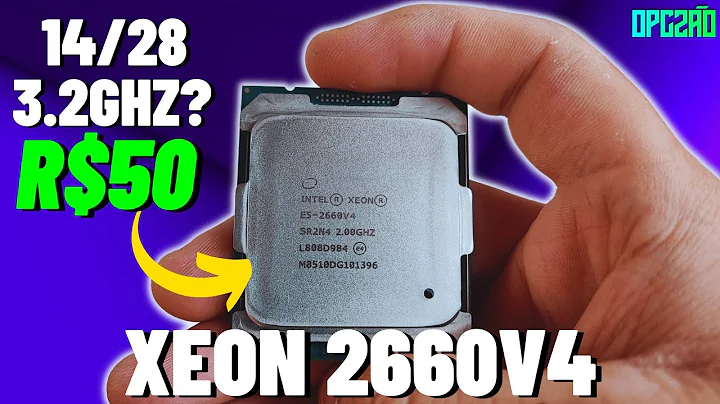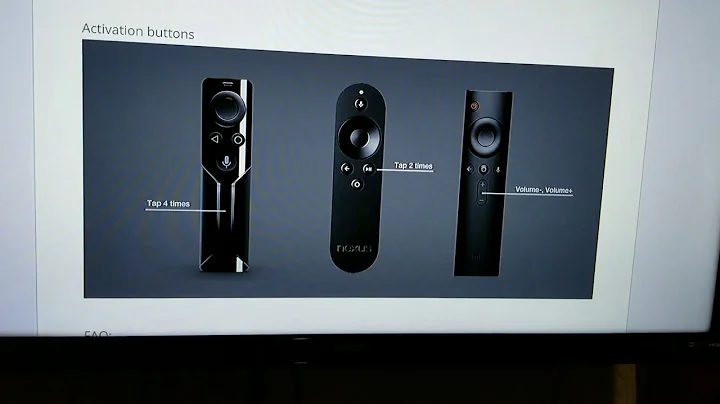Unveiling Intel's NetCat Security Flaw: A Critical Analysis
Table of Contents
- Introduction to Intel Processor Security Flaws
- The Ever-Present Security Flaws
- Netcat: The New Security Flaw
- Understanding Netcat
- Data Direct I/O (DDIO) Explained
- Exploiting the Vulnerability
- Intel's Response and Downplaying
- The Concerning State of Intel
- Pros and Cons
- Pros of Intel Processors
- Cons of Intel Processors
- Direct Quotes and Industry Response
- Implications and Future Outlook
- Addressing the Root Cause
- Conclusion
Introduction to Intel Processor Security Flaws
In the ever-evolving landscape of technology, security flaws have become an unfortunate norm, with Intel processors being no exception. Each month seems to bring forth a new vulnerability, leaving users and experts alike in a perpetual state of concern. This article delves into the latest security flaw plaguing Intel processors and examines its implications for users and the industry at large.
The Ever-Present Security Flaws
🛡️ Netcat: The New Security Flaw
Understanding Netcat
Netcat, short for Network Cache Attack, has emerged as the latest security vulnerability impacting Intel processors. Its implications are far-reaching and demand a comprehensive understanding of its mechanics to grasp its severity fully.
Data Direct I/O (DDIO) Explained
At the heart of Netcat lies Data Direct I/O (DDIO), a performance-enhancing technology integrated into recent Intel server-grade processors. DDIO offers a shortcut to fast-level cache, ostensibly to enhance performance. However, this shortcut opens the door to exploitation, as nefarious actors can intercept sensitive data transmitted over networks.
Exploiting the Vulnerability
Exploiting Netcat involves leveraging its side-Channel vulnerability to discern users' passwords as they input them into terminals over networks. By timing keystrokes and observing Patterns, attackers can intercept passwords remotely, posing a significant security risk to individuals and organizations alike.
Intel's Response and Downplaying
Intel's initial response to Netcat has been marked by downplaying the severity of the vulnerability. Despite mounting evidence of its exploitability, the company has maintained a dismissive stance, attributing the likelihood of exploitation to near-impossibility. However, industry experts remain skeptical, citing the need for more robust mitigation measures.
The Concerning State of Intel
Amidst the recurring security flaws, Intel finds itself in a precarious position, grappling with the repercussions of its architectural vulnerabilities.
Pros and Cons
Pros of Intel Processors
- High performance
- Wide compatibility
- Established market presence
Cons of Intel Processors
- Vulnerability to security exploits
- Lackluster response to emerging threats
- Erosion of consumer trust
Direct Quotes and Industry Response
Industry insiders echo sentiments of concern, with some going as far as deeming it "suicidal" to expose devices or servers directly to the internet or untrusted networks. Such statements underscore the gravity of the situation and the urgent need for decisive action.
Implications and Future Outlook
The proliferation of security flaws underscores the imperative for Intel to address its underlying architectural vulnerabilities. Failure to do so not only jeopardizes user security but also erodes the company's standing within the industry. The path forward demands a concerted effort to prioritize security and innovation over complacency.
Addressing the Root Cause
To stem the tide of security vulnerabilities, Intel must embark on a journey of introspection and reform. This entails acknowledging past shortcomings, embracing transparency, and fostering a culture of accountability from the top-down. Only through such measures can Intel reclaim its position as a trusted leader in the realm of processor technology.
Conclusion
As Intel grapples with yet another security debacle, the onus lies on the company to Chart a Course towards redemption. The road ahead is fraught with challenges, but with unwavering commitment and diligence, Intel can emerge stronger and more resilient than ever before. The journey towards security and stability begins now.
Highlights
- Netcat: The latest security flaw plaguing Intel processors.
- Exploiting Data Direct I/O (DDIO) vulnerabilities.
- Intel's downplaying and industry skepticism.
- The precarious state of Intel: Pros and cons.
- Direct quotes from industry insiders.
- Implications for user security and industry trust.
- The imperative for Intel to address architectural vulnerabilities.
FAQ
Q: What is Netcat, and how does it impact Intel processors?
A: Netcat, or Network Cache Attack, exploits vulnerabilities in Data Direct I/O (DDIO) technology integrated into Intel processors, allowing attackers to intercept sensitive data transmitted over networks.
Q: How is Intel responding to the Netcat vulnerability?
A: Initially, Intel downplayed the severity of Netcat, citing its near-impossibility to exploit. However, industry experts remain skeptical, urging for more robust mitigation measures.
Q: What are the implications of recurring security flaws for Intel and its users?
A: Recurring security flaws undermine user trust in Intel processors and pose significant risks to individuals and organizations, necessitating a comprehensive response from the company.
 WHY YOU SHOULD CHOOSE TOOLIFY
WHY YOU SHOULD CHOOSE TOOLIFY






































